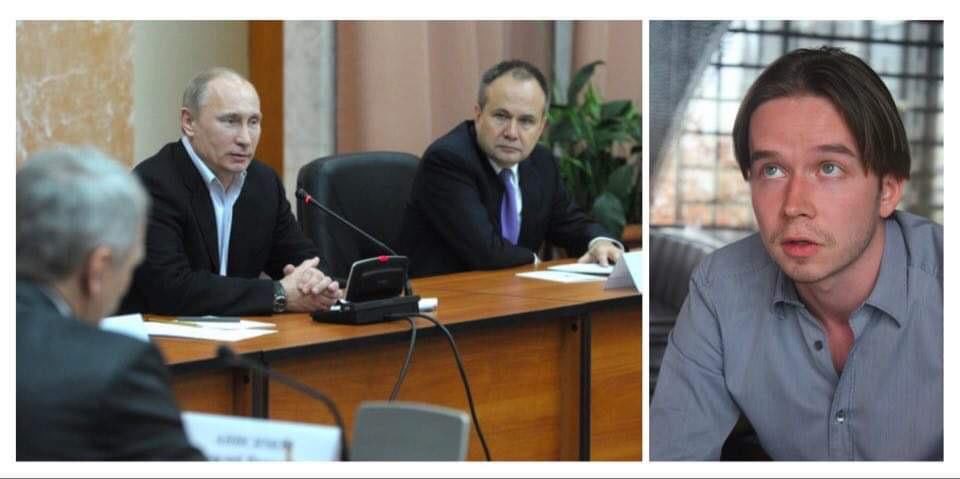
The three big reasons that protests reignited in Ukraine
February 18, 2014George Zimmerman wants to become a lawyer to stop ‘miscarriage of justice.’
February 18, 2014
PRAGUE (Reuters) – The Czech economy expanded at its fastest pace in six years and Hungary’s at its fastest in seven years at the end of 2013 as a pickup in trade with the euro zone and stronger investments boosted recovery in central Europe.
The EU’s emerging eastern economies are regaining momentum after a slowdown, with data from around the region on Friday showing economic expansion was more robust than expected in many countries in the fourth quarter.
Hungary’s economy grew by 2.7 percent in annual terms, its highest growth rate since the end of 2006. Romanian gross domestic product (GDP) expanded almost twice as fast as expected at 5.2 percent year-on-year.
The Czech economy posted its first year-on-year rise in two years and rose 1.6 percent quarter-on-quarter, the fastest since 2007, before the global financial crisis whose effects are still being felt across Europe.
The Polish economy, the region’s biggest and the only one to avoid recession since the 2008-09 global crisis, grew 2.7 percent year-on-year, a touch slower than expected but up from 1.9 percent in the third quarter.
Growth figures copied stronger data from the euro zone, which grew more than expected in the quarter thanks to stronger expansion in its biggest countries France and Germany, the latter being central Europe’s most important trade partner.
“The data were strong across the board. The backdrop is continued recovery in the euro zone, which is the region’s major export market and will continue to determine the prospects for the region in 2014,” Capital Economics’ chief emerging markets economist Neil Shearing said.
“Our sense is that we will see continued growth in the region of 2 to 3 percent this year, with Poland and Romania at the front of the pack.”
CATCHING UP
Currencies, under pressure from emerging market worries this year, gained after the GDP readings.
The faster growth at the end of 2013 could prompt higher forecasts for this year. Hungary’s Economy Minister Mihaly Varga said on Friday that the economy was on track for 2 percent growth but could expand more.
Hungary’s central bank, though, will likely still cut record low interest rates again when it meets next week.
“We expect the bank to continue cutting rates despite the forint’s weakness, and low inflation can help explain the move,” said Gergely Gabler, an analyst at Erste Bank.
The Czech central bank has forecast growth of 2.2 percent this year in an economy that has lagged the rest of the region, hit by the euro zone debt crisis hampering export demand while austerity at home deterred shoppers.
The country came out of a year-and-a-half in recession only last year and the boost in growth at the end of 2013 comes after the central bank intervened massively to weaken the crown currency to fight deflation risks in November.
The weakness in the crown, which had traded down around 6 percent before rising a half percent on Friday, prompted shoppers to try to get ahead of expected price rises this year triggered by higher import prices.
Investments were also up, the Czech statistics office said.
“The Czech economy slammed on the gas pedal in the fourth quarter and… thus returned to the process of catching up with its more developed neighbours,” Pavel Sobisek, chief economist for Unicredit in Prague, said.
“Even if the numbers are revised down, the reported growth is so robust that it cannot change the overall picture of the economy.”
Slovakia’s economy expanded a higher than expected 1.5 percent year-on-year while Bulgaria’s grew 1.0 percent.
(Additional reporting by Robert Muller in PRAGUE, Krisztina Than in BUDAPEST, Radu Marinas in BUCHAREST, Tsvetelia Tsolova in SOFIA, Marcin Goclowski in WARSAW; Editing by Ruth Pitchford)


